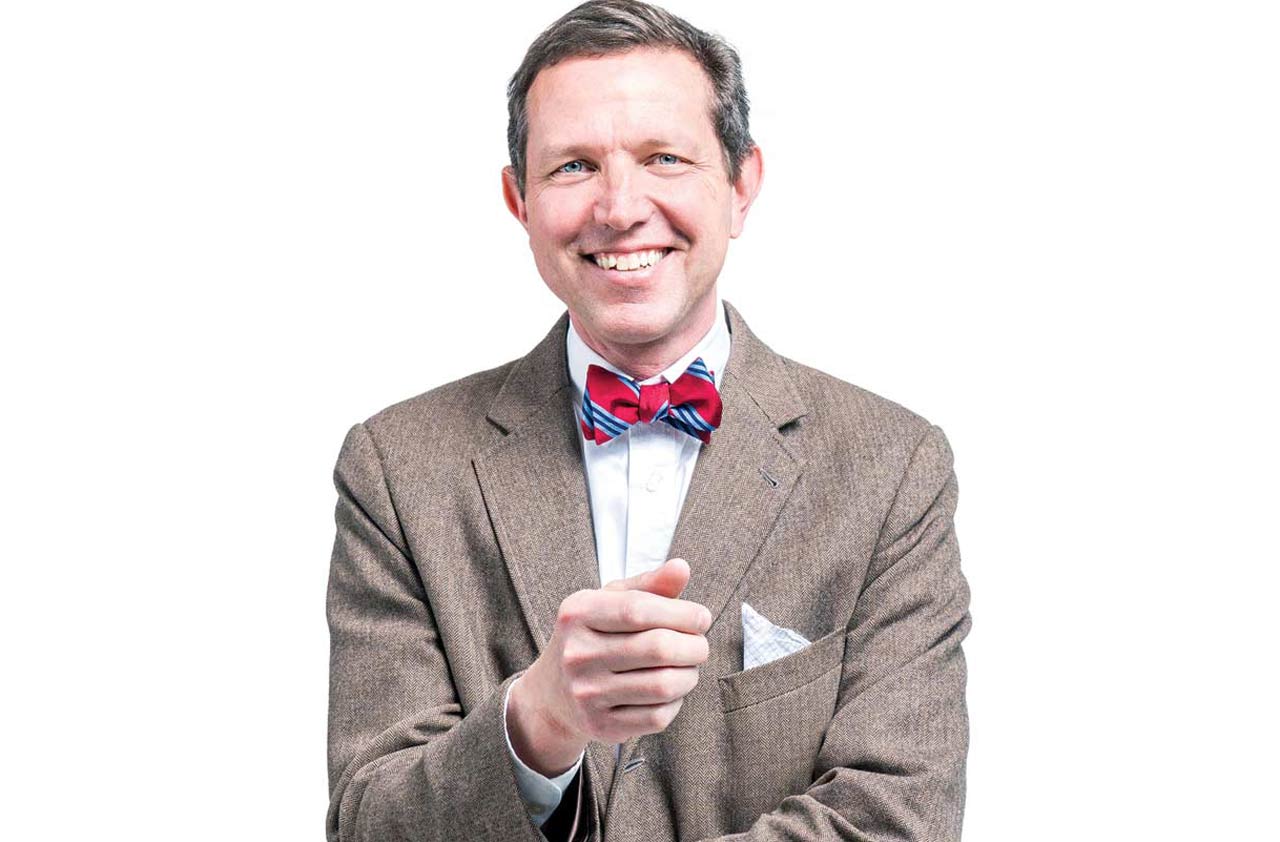America Lurches Toward a Cashless Future
Electronic payments are increasing, but a cashless economy has drawbacks.


Joseph Bailey, an associate research professor at the Robert H. Smith School of Business at the University of Maryland, discusses the pros and cons of a cashless society.
According to a recent Pew Research Center survey, nearly 30% of Americans say they make no cash purchases during a typical week. How does the use of electronic payments in the U.S. compare with other countries? The U.S. is moving quickly toward more cashless transactions, but it still lags some European countries, such as Sweden, Denmark and Norway. Sweden has reached a tipping point at which only about 2% of transactions are conducted in cash. In part, that’s because the Swedes are technologically savvy, they have a relatively small market, and the government encourages electronic payments of its currency. Chinese cities are also embracing the cashless life, with a mobile-phone system that uses encrypted codes for transactions. In India, some 255 million people are making everyday purchases using the Paytm virtual wallet system, backed by China’s Alibaba.
Will the U.S. catch up with the other countries? If you want a picture of how we’ll handle money in the future, look at how college students manage their money. And then just imagine a world in which they are the majority, and not the rest of us who grew up in a world where we carried around wallets with paper money and maybe coins in our pockets.

Sign up for Kiplinger’s Free E-Newsletters
Profit and prosper with the best of expert advice on investing, taxes, retirement, personal finance and more - straight to your e-mail.
Profit and prosper with the best of expert advice - straight to your e-mail.
What are the trade-offs for consumers as we move toward more cashless transactions? Consumers give up anonymity when they don’t use cash. For example, let’s say you go grocery shopping and your payment shows whether you got a discount for using a reusable bag or paid for a plastic store bag. Marketing could be tailored to you, based on how you’re perceived to feel about the environment. Or if you use electronic payments to buy a lot of fruits and vegetables, you could be pitched a gym membership because a marketer thinks you’re getting fit. Some consumers may not be comfortable with this type of marketing because they think it’s an invasion of privacy.
Are there any other drawbacks to a cashless society? Cashless businesses could hurt low-income consumers who mostly use cash. In addition, we eventually could see a surcharge for using cash. Theft could also become a bigger problem. You may be less likely to be pickpocketed because you’re not carrying cash, but you might face a greater financial threat from a remote hacker or data thief who manages to hack into your smartphone.
Get Kiplinger Today newsletter — free
Profit and prosper with the best of Kiplinger's advice on investing, taxes, retirement, personal finance and much more. Delivered daily. Enter your email in the box and click Sign Me Up.

Rivan joined Kiplinger on Leap Day 2016 as a reporter for Kiplinger's Personal Finance magazine. A Michigan native, she graduated from the University of Michigan in 2014 and from there freelanced as a local copy editor and proofreader, and served as a research assistant to a local Detroit journalist. Her work has been featured in the Ann Arbor Observer and Sage Business Researcher. She is currently assistant editor, personal finance at The Washington Post.
-
 Stock Market Today: Stocks Struggle Amid Tariff Uncertainty
Stock Market Today: Stocks Struggle Amid Tariff UncertaintyBoeing dropped after China suspended new aircraft orders, while Bank of America and Citi climbed on earnings beats.
By Karee Venema
-
 Starbucks 2025 Dress Code Changes: See the New Look
Starbucks 2025 Dress Code Changes: See the New LookThe 2025 Starbucks dress code change features a uniformed look as part of creating a more familiar and friendly cafe experience.
By Sean Jackson
-
 Roth IRA Contribution Limits for 2025
Roth IRA Contribution Limits for 2025Roth IRAs Roth IRA contribution limits have gone up. Here's what you need to know.
By Jackie Stewart
-
 Four Tips for Renting Out Your Home on Airbnb
Four Tips for Renting Out Your Home on Airbnbreal estate Here's what you should know before listing your home on Airbnb.
By Miriam Cross
-
 Five Ways to a Cheap Last-Minute Vacation
Five Ways to a Cheap Last-Minute VacationTravel It is possible to pull off a cheap last-minute vacation. Here are some tips to make it happen.
By Vaishali Varu
-
 How to Figure Out How Much Life Insurance You Need
How to Figure Out How Much Life Insurance You Needinsurance Instead of relying on rules of thumb, you’re better off taking a systematic approach to figuring your life insurance needs.
By Kimberly Lankford
-
 Amazon Big Deal Days Is Coming! We’ve Got All the Details
Amazon Big Deal Days Is Coming! We’ve Got All the DetailsAmazon Prime To kick off the holiday season with a bang, Amazon Big Deal Days runs Tuesday, October 8 and Wednesday, October 9.
By Bob Niedt
-
 How to Shop for Life Insurance in 3 Easy Steps
How to Shop for Life Insurance in 3 Easy Stepsinsurance Shopping for life insurance? You may be able to estimate how much you need online, but that's just the start of your search.
By Kaitlin Pitsker
-
 Five Ways to Shop for a Low Mortgage Rate
Five Ways to Shop for a Low Mortgage RateBecoming a Homeowner Mortgage rates are high this year, but you can still find an affordable loan with these tips.
By Daniel Bortz
-
 Retirees, It's Not Too Late to Buy Life Insurance
Retirees, It's Not Too Late to Buy Life Insurancelife insurance Improvements in underwriting have made it easier to qualify for life insurance, which can be a useful estate-planning tool.
By David Rodeck